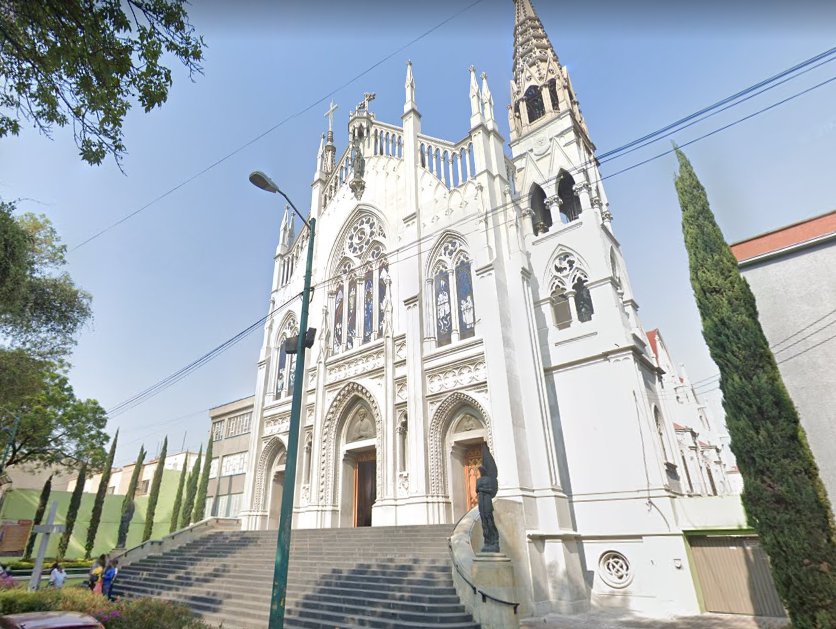
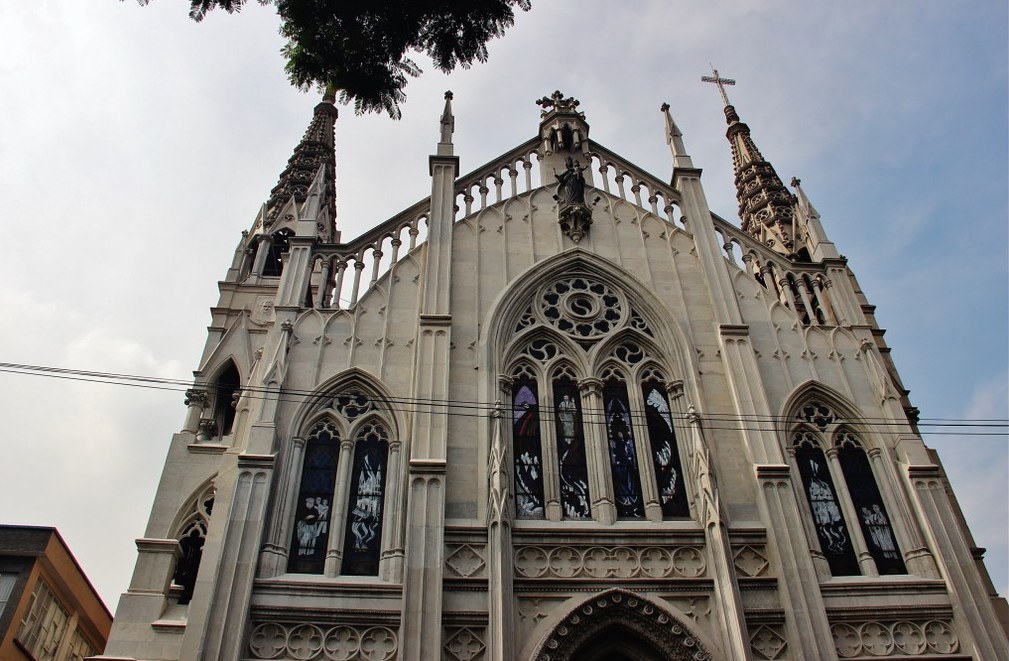
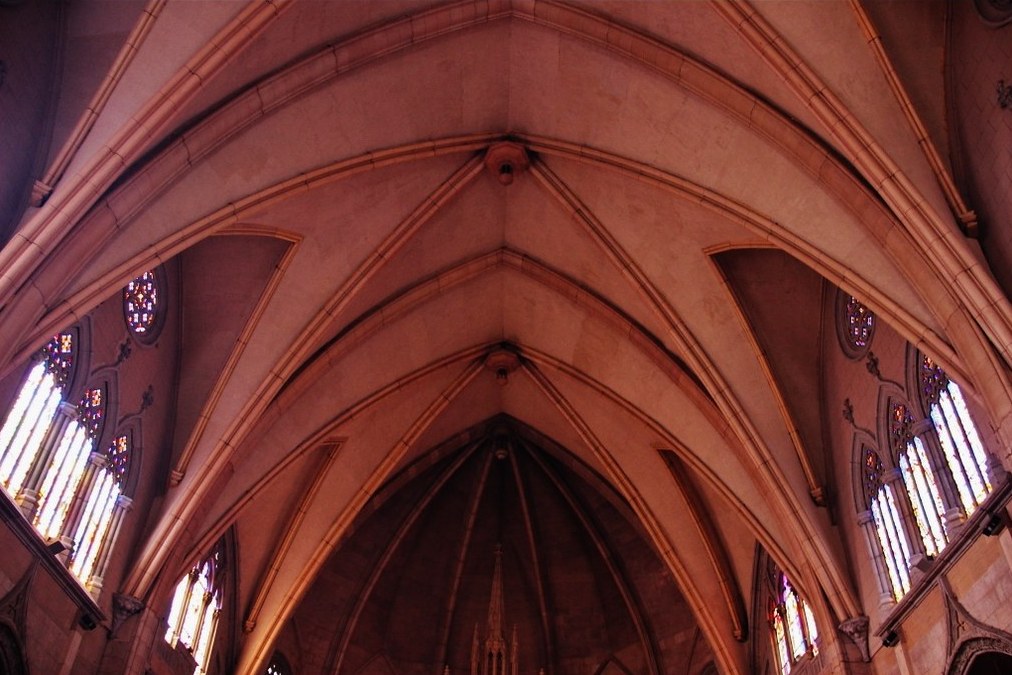
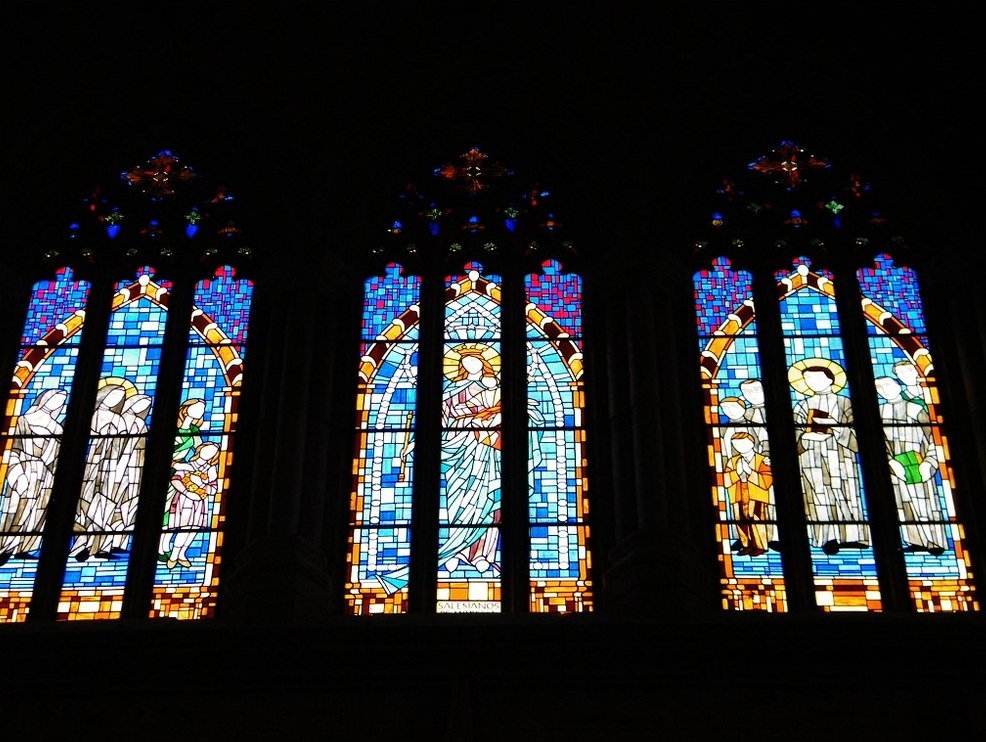
Photos: Catedrales e Iglesias/Cathedrals and Churches, Attribution 2.0 Generic (CC BY 2.0)
The Santuario de María Auxiliadora is a Salesian temple in the Neo-Gothic style. The parish church and sanctuary is connected with the Salesian Colegio (grade school) and the small university immediately to the north. Built over more than a century, the church’s story informs much of that of the surrounding neighborhood, too. This is not least because the adjoining neighborhood park is also named for the Salesians.
 parroquiamauxdf@gmail.com
parroquiamauxdf@gmail.com
 +52 (55) 5396 3341
+52 (55) 5396 3341
 http://www.mariaauxiliadora.org.mx/
http://www.mariaauxiliadora.org.mx/

Nearest at 0.13 kms.

Nearest at 0.18 kms.

Nearest at 0.25 kms.
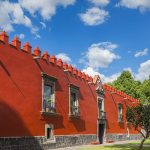
The original hacienda in the Clavería neighborhood...

The old Salesian park in the barrio Santa Julia, Anáhuac
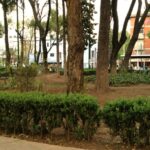
A neighborhood favorite just in from the old causeway landing.
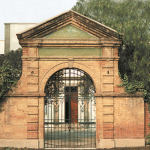
Tacuba's historic contribution to Chemical Sciences
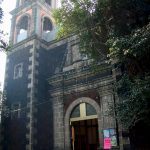
A Tacuba neighborhood church in Azcapotzalco...